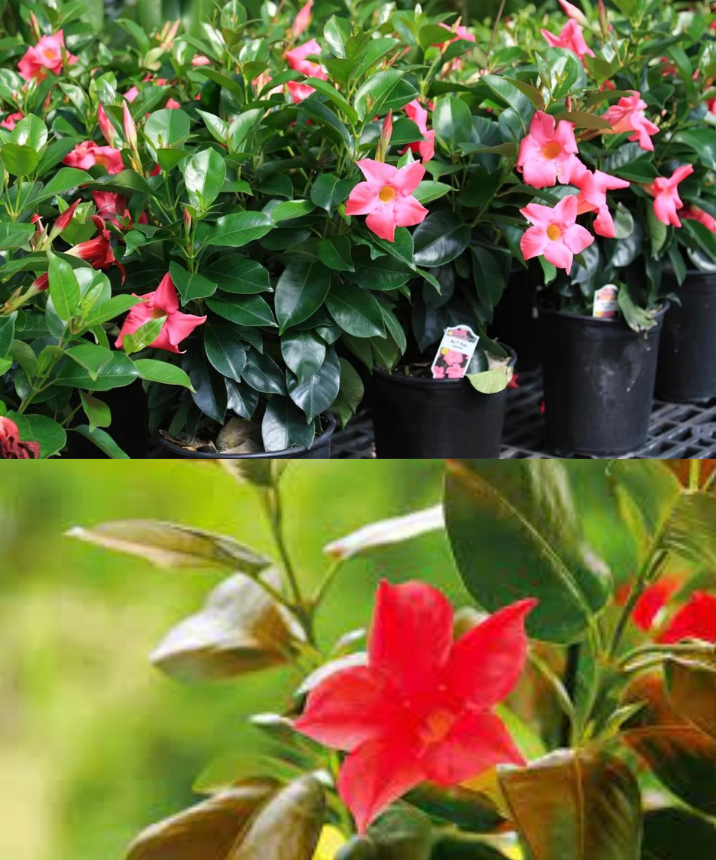Dipladenias, also known as Mandevillas, are climbing plants appreciated for their beautiful trumpet-shaped flowers and lush foliage. During the winter months, it’s essential to take measures to protect your dipladenias from harsh weather conditions to ensure their survival and health. Here are some effective techniques for successful overwintering outdoors:
- Prepare Dipladenias Before Winter: Before cold temperatures arrive, prepare your dipladenias by lightly pruning them to remove dead or damaged branches. This will encourage healthy growth in the following spring.
- Choose a Sheltered Location: Place your dipladenias in a sheltered, sunny spot where they are protected from cold winds and harsh weather. A south or southwest exposure is ideal to take advantage of winter sunlight.
- Protect the Roots: Cover the base of the plants with mulch or dry leaves to insulate the roots from the cold. This will help maintain a more constant soil temperature and protect the roots from freezing.
- Use a Frost Cover: Wrap the dipladenias in a frost cover or lightweight blanket to shield them from cold and chilly winds. Make sure the fabric does not directly touch the plants to avoid any damage.
- Reduce Watering: During winter, reduce the frequency of watering your dipladenias as they need less water when they go dormant. Water only when the soil is dry on the surface to avoid excess moisture.
- Monitor Temperatures: Keep an eye on weather forecasts and be prepared to act quickly in case of a sudden drop in temperatures. If freezing temperatures are forecasted, consider moving the dipladenias to an even more sheltered location or providing additional covering.
By following these effective techniques, you can help your dipladenias successfully overwinter and regain their vitality in the following spring. Make sure to regularly monitor your plants and adjust your care according to weather conditions to ensure their health and continued growth.
